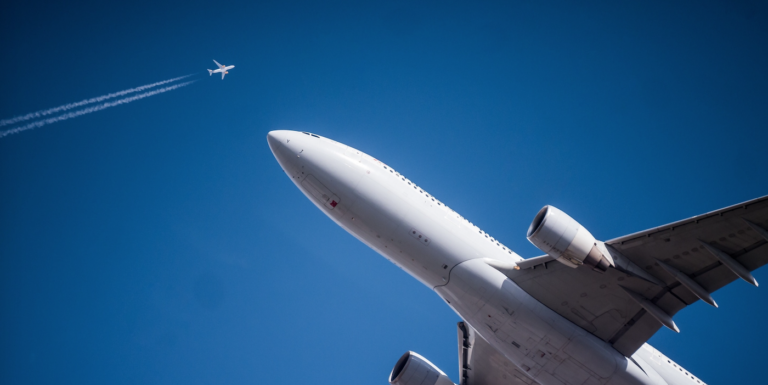Airlines holding worldwide AOCs with ‘go now’ capacity have the opportunity to diversify into flexible, short-term Aircraft, Crew, Maintenance and Insurance (ACMI) wet-leasing contracts.
The flight-ready solution can enable airlines to start revenue flying again at short notice and can be an ideal solution for carriers wanting to take-off again this summer, while navigating the uncertainty around demand. Typical ACMI market lease contract terms will be relaxed in a united effort to get an industry grounded by the pandemic, back flying again.
ACMI rates within Europe have stabilised off the back of the pandemic. ACMI solutions are cost-effective substitutes for an airline’s own fleet and resources as they start to rebuild after a year on pause.
Separately, smaller airlines that have down-sized and cut capacity will want to take advantage of a shortened European peak summer in 2021. Turning to an ACMI solution in the peak season will provide these airlines with an immediate opportunity to retain or gain market share on popular routes. It will also add much-needed additional income, offering temporary peak season lift without the need to invest in longer-term resources.
Airlines and tour operators face a difficult period forecasting when demand will pick up and ensuring they are ready to scale up services in line with that demand. It’s about being flexible so they can bring back that capacity in terms of flight crew, operations and dispatch personnel, as and when it’s needed.
Since the UK Prime Minister, Boris Johnson, announced the Government’s roadmap to ease travel restrictions from 17 May, buoyed by its successful and speedy vaccination programme, TUI UK and easyJet reported immediate surges in demand for summer flights and inclusive bookings.
The fact is that airlines have spent the last 12 months in recovery mode – downsizing and cutting back fleet and resources, including returning aircraft to lessors. Personnel in operations, dispatch and planning roles have been made redundant or furloughed. Flight crews have been in hibernation mode through most of the winter. To get operations back up and running, crews will need to refresh licences, book simulator time and ensure maintenance is current. This will inevitably result in bottlenecks, and airlines will find themselves without the capacity (supplemental lift) to satisfy the demand. Ultimately they could lose out on much-needed revenue and income.
Although there is an excess of aircraft available post-pandemic, dry-leasing options (longer term leasing, no crew) will not necessarily provide an immediate solution. This still requires crew training and maintenance, and faces the same bottleneck as the rest of the market.





